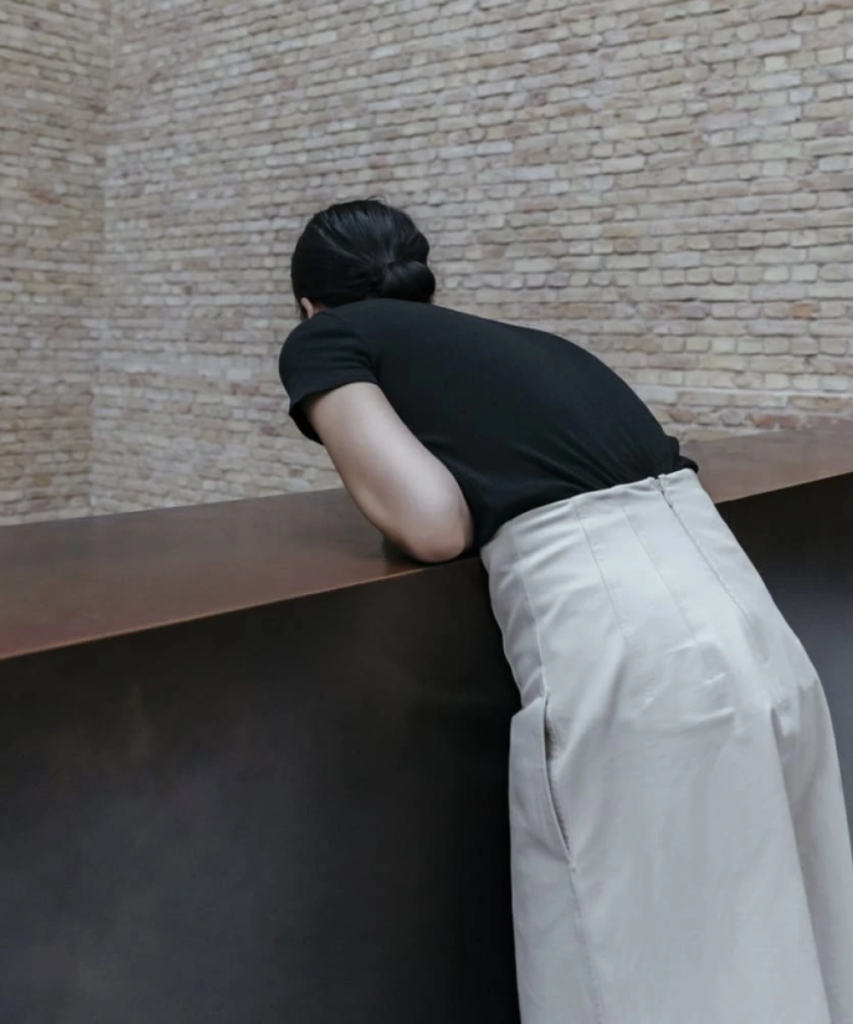
A shift in culture towards less is more continues to popularize the minimalist movement. It’s a philosophy that is reflected in the core principles of good design, where simplicity is at the core of any useful and lasting product.
As people aim to simplify their life in this highly chaotic world (insert Marie Kondo meme), embracing a minimalist lifestyle with the objects that we carry, whether for work, travel, or leisure, can also be productive.

What defines minimalist bags aesthetically?
The impact of Scandinavian design plays a role in many digitally native brands today, even ones that are based outside of Europe. Scandinavian design adheres to simplicity, functionality and clean lines supporting the philosophy of one living in harmony with his or her environment.
A minimalist backpack has a focus on sleek visually clean design, without excessive seams and details. There will be a focus on a single or maybe two types of materials, that are strong on uniformity and high utility.

Monotone color themes are most common in these subtle backpacks, as there is an emphasis on letting the person wearing the bag stand out, instead of the object itself.
Clean lines, simple use of color, limited zippers, little patterns or panels- are all foundational to the design principles of the minimal backpack.
Whether the materials used to create these bags are nylon, polyester, or leather, they tend to be in a matte finish compared to their shinier alternative. Rather than opting for a more ornate silhouette, many minimalist backpacks can have the shape of a tombstone (‘U shaped) backpack or top loader backpack with limited zippers, two of the more classic types of backpack shapes.

At most, minimalist backpacks will probably contain one to three outer zippers, but only where they seem necessary and useful. The goal is always to reduce visual stimuli while fulfilling utility.
Because of its focus on classic silhouettes and simple details, the minimal backpack tends to be timeless in its appearance, free from the fluctuation of most seasonal trends. Like the use of white space in graphic design, minimally designed bags can draw the viewer into certain details, without being too loud and ornate.
This makes minimalist backpacks perfect for work and travel as they can be interchangeable with any outfit. There’s also a gender-neutral element that’s unique to a minimalist backpack. They can be used (and look good on) anyone, making them versatile and appealing for everyday use. This coincides well with the growing trend of unisex fashion.
In addition to visual aesthetics, good design must also be environmentally friendly. Honoring the materials used for the products, in union with utility and appearance, is a component that many minimalist brands that create backpacks and bags seem to have adopted a part of their product philosophy.

What kind of functionality can you expect in a minimalist backpack?
The digitization of our lives and the need to carry less contributes to this growing interest in minimalist backpacks. For someone living in an urban environment, the ideal backpack volume will be around 16-20 liters, enough space to fit a few pouches (like a tech pouch, make up pouch), or clothes and gym shoes, or a laptop, books and papers for a work day.
Because of the need to have fewer objects to achieve the same results, a minimal backpack will typically have the 16-20L of storage space available as well as a focus on either a laptop compartment or shoe compartment, depending on what the use case of the bag is geared towards.

As an everyday bag for work, gym, or school, the focus on a single feature use case, as well as a simple minimalist look, makes it well suited and a preferred choice for many people who appreciate the design aesthetic.
What you won’t find in a minimal backpack are extra zippers inside the bag or additional pockets that aren’t essential for what the bag’s primary use case is for. Going back to Dieter Ram’s core design principles, “because it concentrates on the essential aspects, the products are not burdened with non-essentials.”
Some may come with an additional carry handle and only an essential outer pocket, like the ISM Backpack. The occasional embellishments found on minimal backpacks include items like a leather strap or tassels on the zipper to give it effortless flair. Whatever attention it draws aims to remain minimalist in its approach.

Whatever reasons you have in being drawn to a minimal backpack, it’s clear that good design principles are setting a precedent for people to use products on a more global scale that are aligned with this ethos. The philosophy towards great design, sustainability, and utility in the material items we possess.
“We shape our tools and, thereafter, our tools shape us.” — John Culkin (1967)
